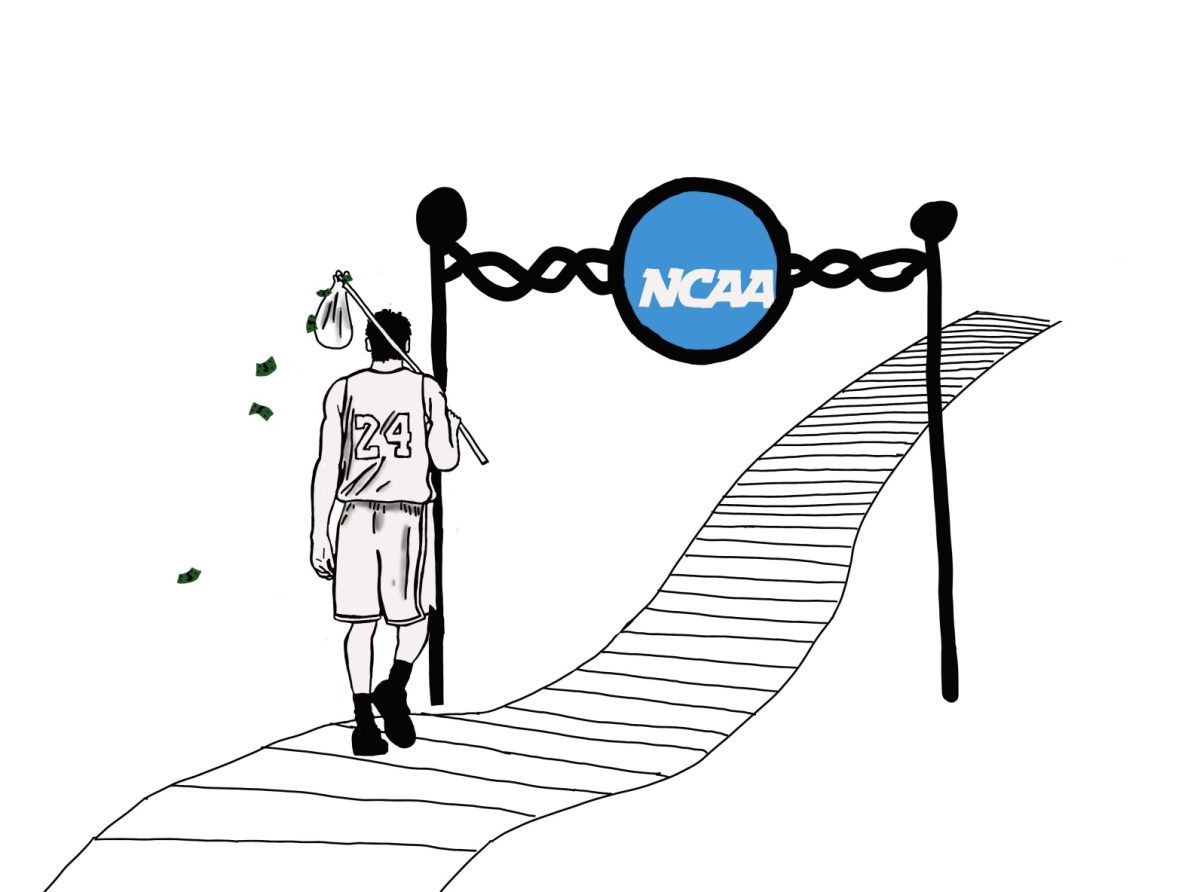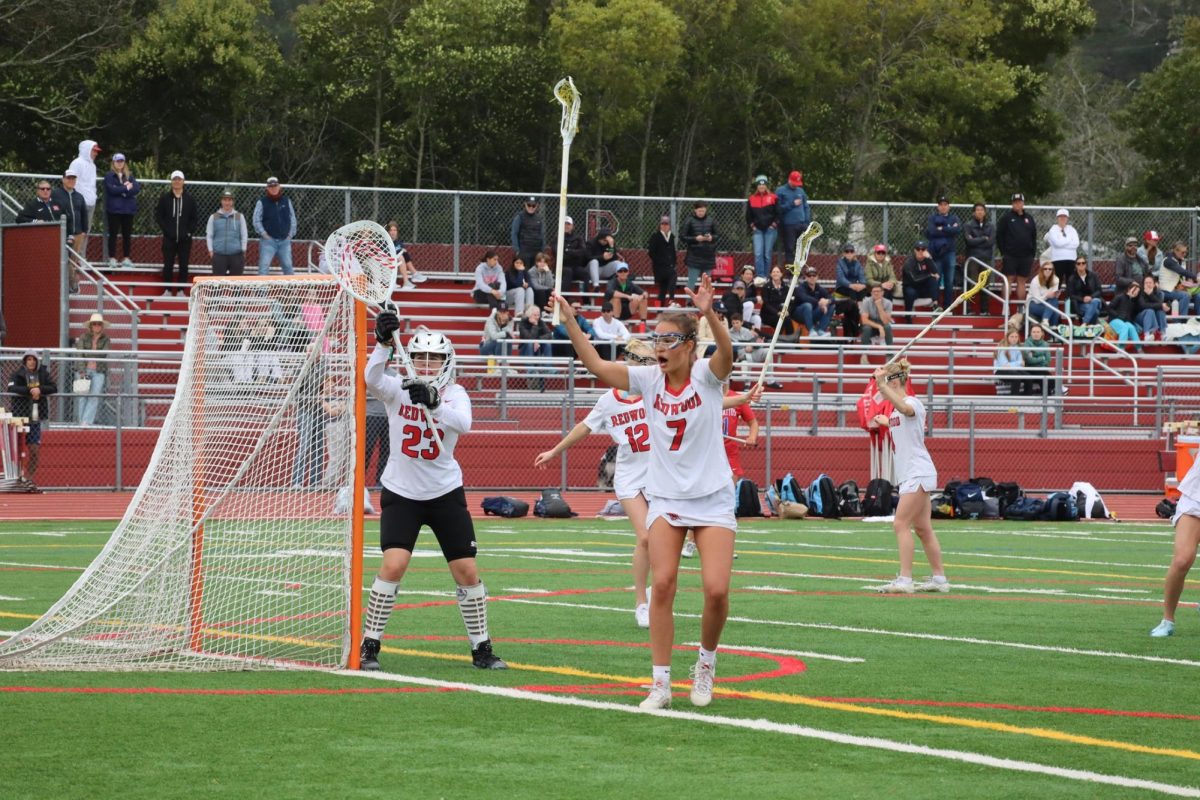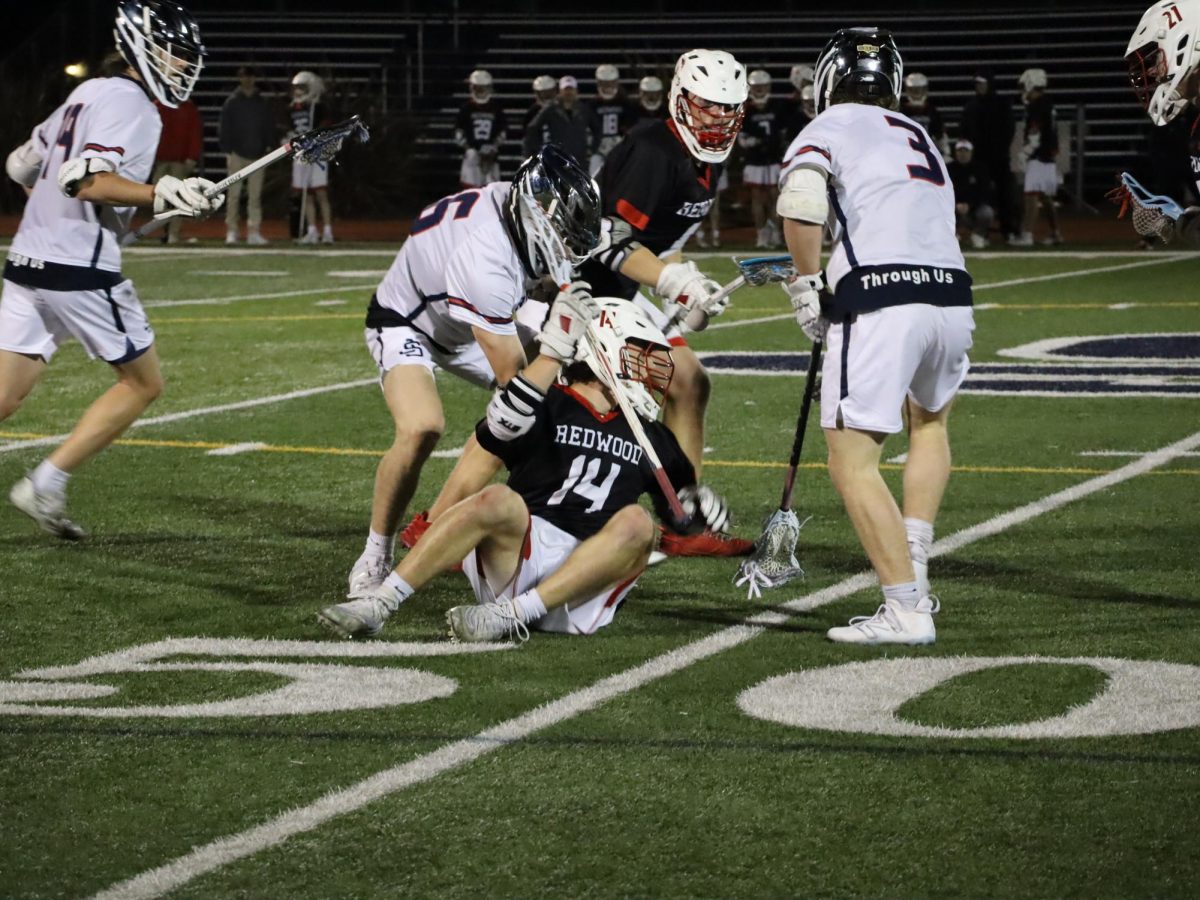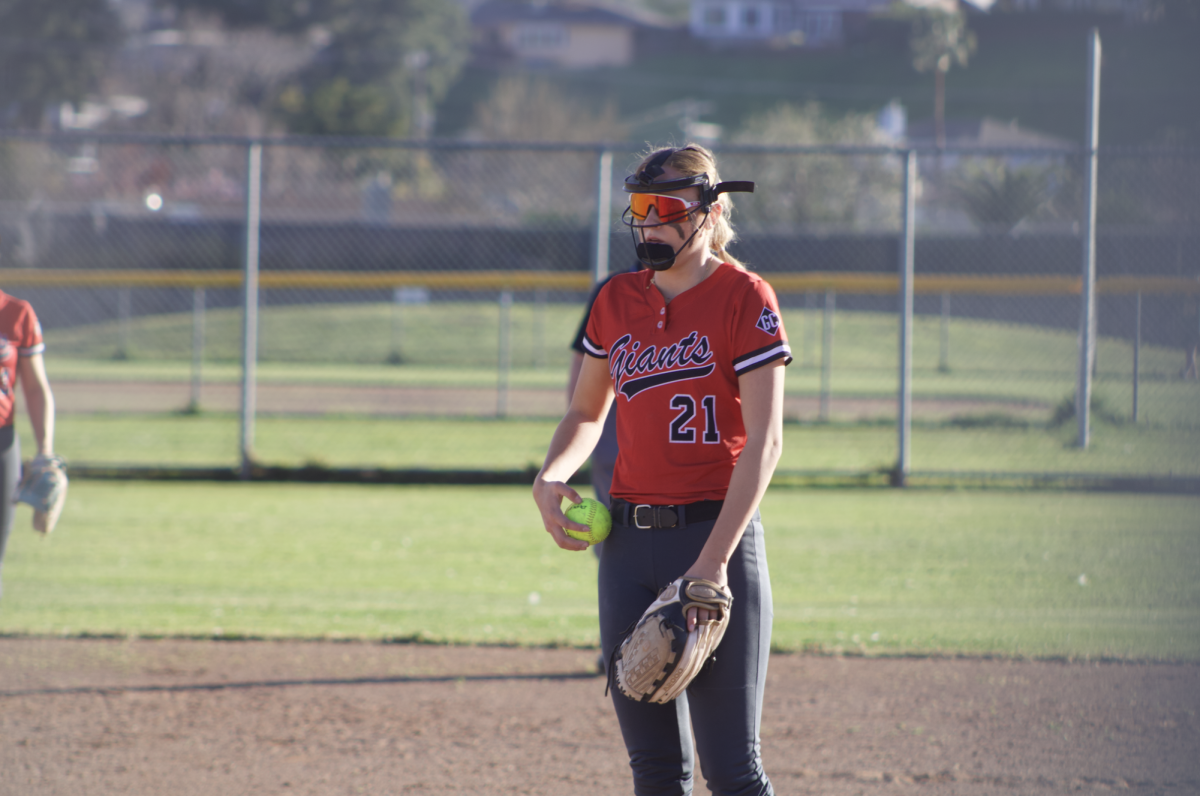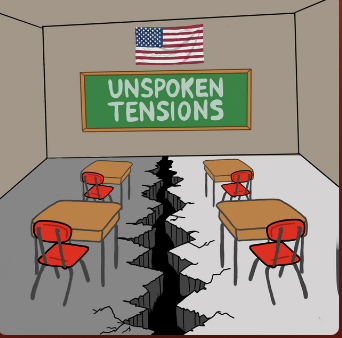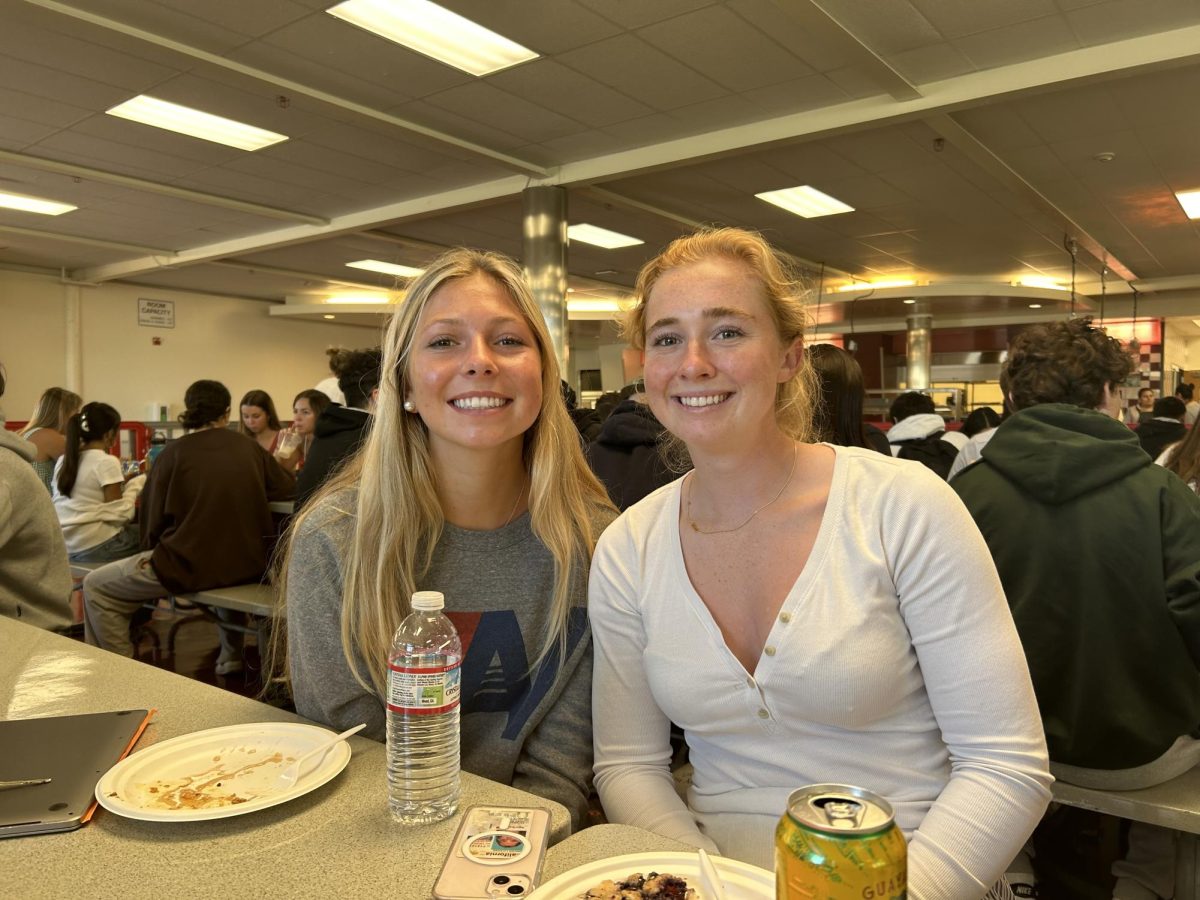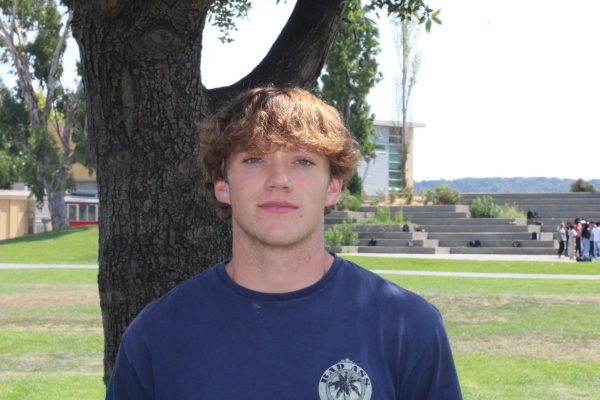Point:
Mason Garbo
Name, Image and Likeness (NIL) deals have become a staple in college sports. These deals give male and female college athletes, star players and walk-ons the chance to make great profits. NIL has changed the environment in college sports, causing less financial stress on student-athletes and decreasing gender inequality in sports.
In 2023, two of the top six college athlete earners were female. As of May 2022, female basketball players rank third in NIL earnings among all NCAA sports. Before NIL, female sports did not receive equitable operating costs from their school compared to male sports, which received 82 percent of total operating costs. NIL has given female athletes a platform to address these issues as well as compensate for the lack of funding for their programs.
Sixty percent of college athletes are left in debt after they end their college careers, and 86 percent of student-athletes live below the federal poverty line. However, with NIL, athletes can profit from brand deals and sponsorships. Not only can stars already on a scholarship secure these deals, but athletes lower on the depth chart also get opportunities from local businesses and restaurants. An example of this was St. Peter’s men’s basketball player Doug Edert, who landed a brand deal with Buffalo Wild Wings after an impressive and surprising elite eight run.
In the first year of NIL deals, athletes made an estimated $917 million. Along with the financial aspect, student athletes’ social media presence has significantly grown since the introduction of NIL. Louisiana State University gymnast Livvy Dunne and Duke basketball player Jared McCain have both surpassed over two million followers on TikTok and Instagram.
Even after graduation, NIL provides athletes with a career path. For example, Adrian Nunez, a former Michigan University basketball player, became a successful social media influencer, amassing over five million followers on TikTok and half a million followers on Instagram in only a few years.
While some have concerns about the exploitation of athletes and the imbalance in their pay, the widespread and numerous benefits have been incredible for athletes. NIL has given some athletes the financial support they need, shrunk the gender inequality gap in sports and given others opportunities long after their collegiate career.
Counterpoint:
Owen McDaniels
The introduction of Name, Image and Likeness (NIL) deals has caused the atmosphere around collegiate sports to undergo a seismic shift. NIL deals have created an environment where athletes benefit monetarily from sponsorships outside of their university. While this may seem positive, it raises many concerns for college athletes and the future of college sports.
A primary concern surrounding NIL deals is the potential for exploitation, with the fairness and equality of many deals being questioned. In the NIL world, the more popularity a team or an athlete has, the more that athlete will get paid. High-profile college athletes may secure an enormous amount of money through endorsement deals, but the majority of college athletes, especially those in less-watched sports, will fall under the radar.
Division I athletes have earned an average of $3,711 per deal through NIL endorsements in 2023, with the bigger names making huge six and even seven-figure deals. Jack Betts, a wide receiver at Division III Amherst College, has a different experience with his NIL money. Betts got his first NIL offer from a small bracelet brand, LifeStyle Bands, asking him to become a brand athlete. His first NIL offer earned him a modest $50 from affiliate sales and $75 worth of merchandise that year.
Although NIL may benefit many top-rated student-athletes, NIL deals go unheard of in smaller schools and less-watched sports. Athletes in these lower-profile situations may get undermined by the NIL world and make little money if they’re even lucky enough to get a sponsorship. Addressing the concerns of smaller athletes’ relation with NIL deals is crucial to ensuring that the benefits of this new era in collegiate sports are shared more equitably among all athletes.

